Monday, June 30th 2025
From ‘The Fifth Element’ (1997) to ‘Total Recall’ (1990) to ‘The Matrix’ (1999) to ‘Mad Max’ (1979) to ‘Dune’ (1984), we’ve seen countless ideations of what the future looks like in cinema. To be fair, those sci-fi dystopias aren’t meant to be totally realistic as they are set in a world of fantasy, technology and architecture that is nowhere near where humanity stands right now. But, they do a pretty good job when it comes to letting our imagination fly as we ask ourselves: what does the future look like? Usually, when you ask yourself that question, most people think about flying cars, space traveling or the cure of cancer even, but not everyone thinks about how our cities are going to look like. Well, 5 cities around the world could be telling right now what the future of architecture and urbanism looks like.
"What does the future look like?"
LOS ANGELES
According to Adam Rogers, “Los Angeles is retrofitting 4,500 miles of orange-yellow sodium-vapor streetlights with a moonlight-hued matrix of light-emitting diodes. Roads will look brighter, but they’ll also be more connected. Every energy-efficient lamp will link wirelessly to the Bureau of Street Lighting, letting headquarters know if it is on, off, broken, etc… While other cities around the world use LEDs to save money and add splashes of color and emphasis, LA plans to build a network that does more than show what’s happening right in front of you”. The city is also planning on adjusting its flora to match the climate of the area and save up water, according to Liz Stinson: “The palm trees along Hollywood Boulevard may be iconic, but native to LA they are not. And as California staggers through drought, landscape architects are replacing imported plants and thirsty turf with native and drought-resistant flora. This new look—call it California Dry—is all about getting creative with textures and shapes”.
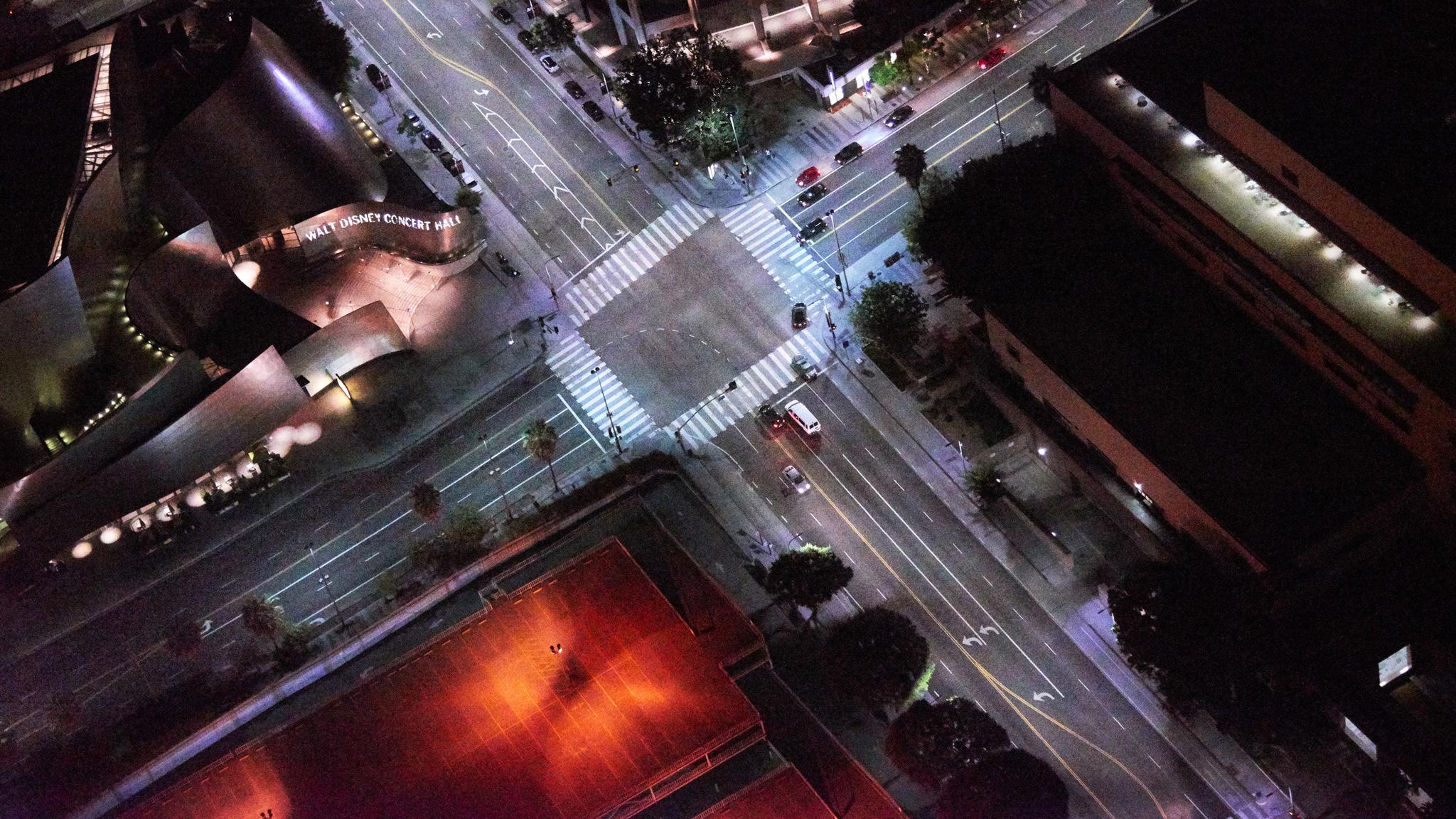
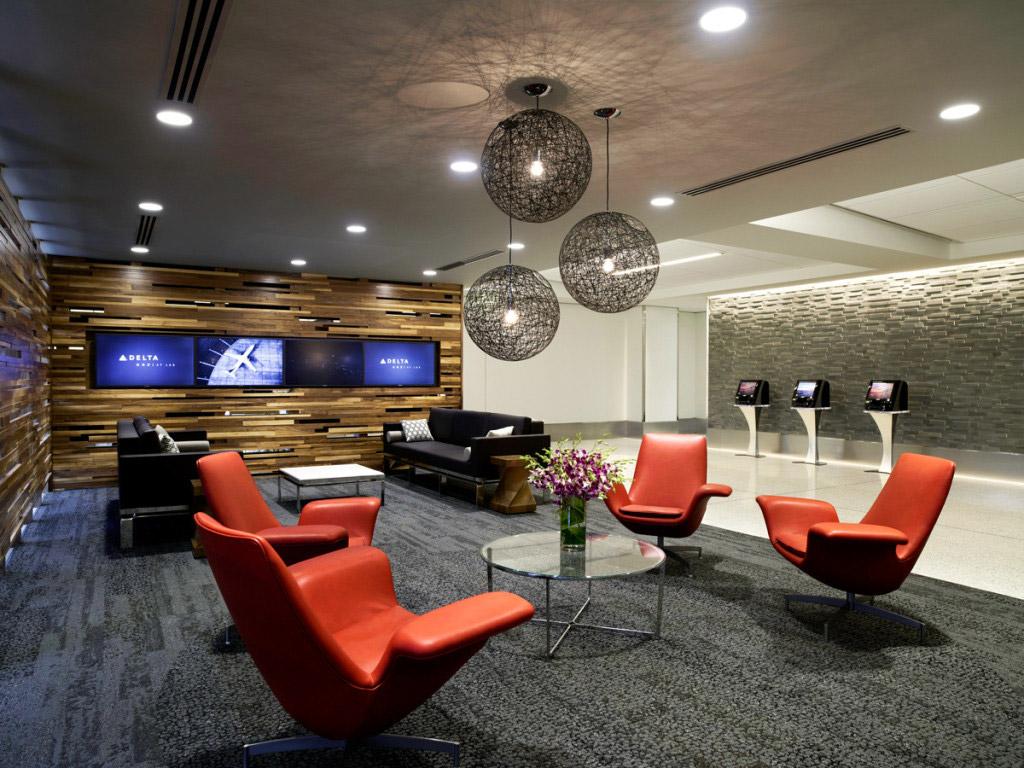
SHANGHAI
For this one, we need to quote Victoria Tang and her input on Shanghai’s Natural History Museum: “Set in a park near the Pudong financial district, the building spirals down, into the earth, like an excavation of the city’s pre-urban roots. A central courtyard (shown above) inspired by the water gardens of Suzhou is a reminder of the value that ancient Chinese culture placed on natural beauty. Around it, a honeycombed glass wall, evoking the cell structure of plants, fills the interior with sunlight. Architect Ralph Johnson of Perkins+Will says the shape of the building was inspired by the nautilus shell, but it’s also for traffic control: Chinese museums are often thronged, and the descending ramps steer crowds through a chronological tour of life on Earth. On the way, they encounter some 11,000 specimens—including a towering Mamenchisaurus skeleton and later fauna that once thrived in Shanghai’s vanishing wetlands. There’s plenty of forward-looking tech too—like green climate and water systems. It’s a thoroughly modern museum that embraces Shanghai’s exuberant futurism while reminding its inhabitants of where we all came from”.
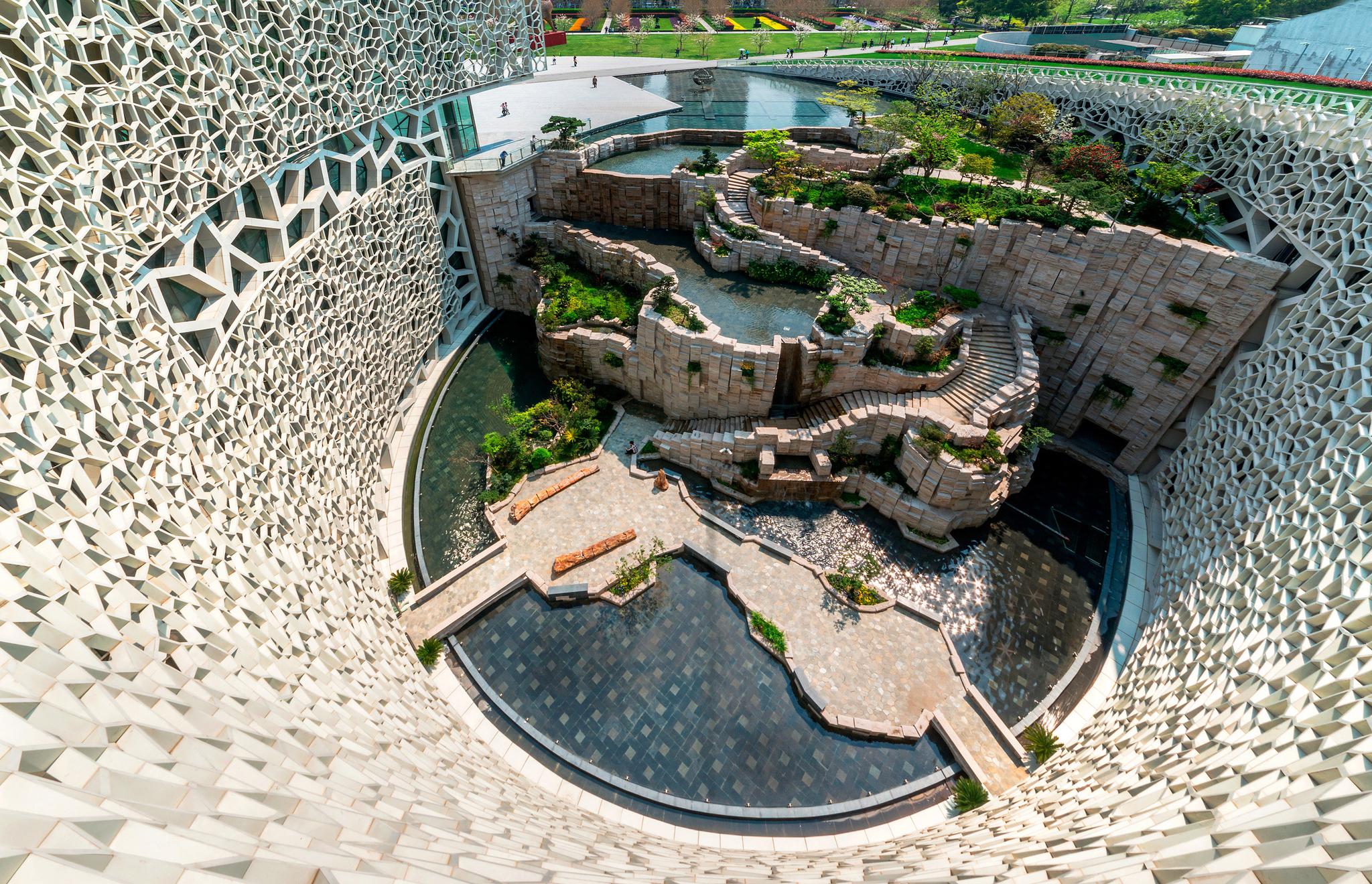
MEDELLÍN
What used to be a playground for drug lords, has now become an example of evolution for others, a process years in the making for this Colombian city. “Medellín is nestled in a valley high in the Andes, and many of the city’s poorest residents live in comunas they built on the steep slopes. During the ’90s, drug gangs and guerrilla fighters controlled the narrow streets. As the violence waned and people started venturing out, they came up against another challenge: It was really hard to get anywhere. To knit together the fractured city, then-mayor Luis Pérez proposed a novel solution: cable cars. Rather than having to pick their way down perilous hillsides, people could hop in a gondola and soar to a metro station. The first Metrocable line opened in 2004 and was quickly followed by others”, tells Lizzie Wade. The Metrocable system succeeded in connecting the poorest areas of town with the rest of the city, also giving access to people to the cultural areas of Medellín, like library-parks, museums and schools.
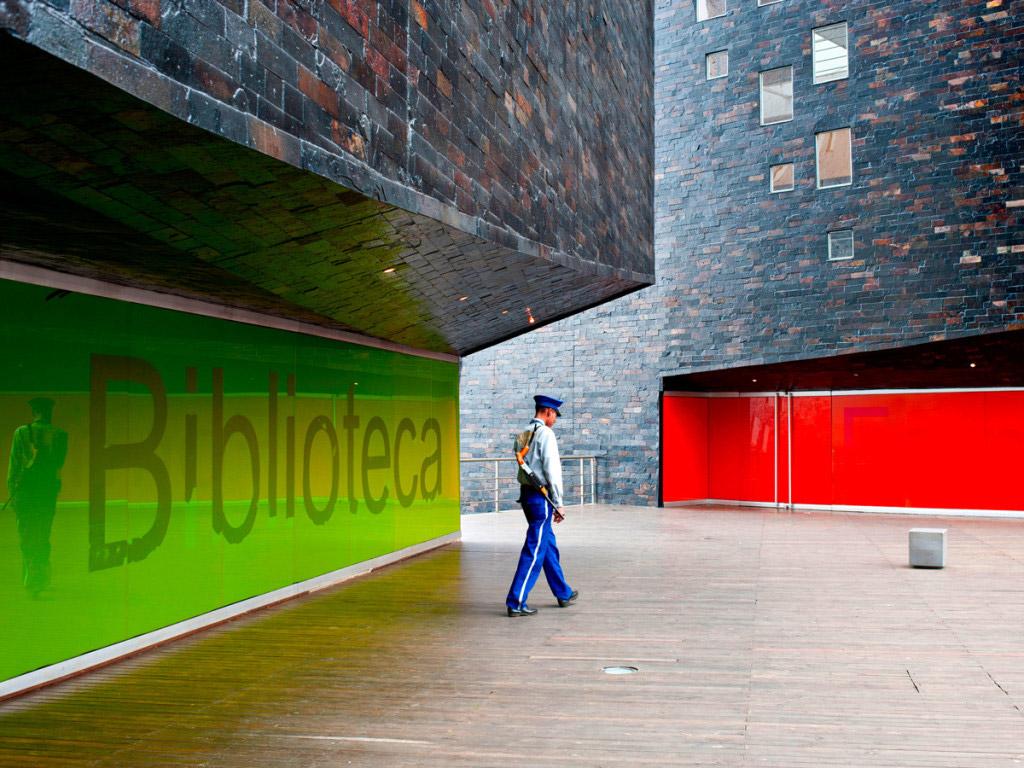
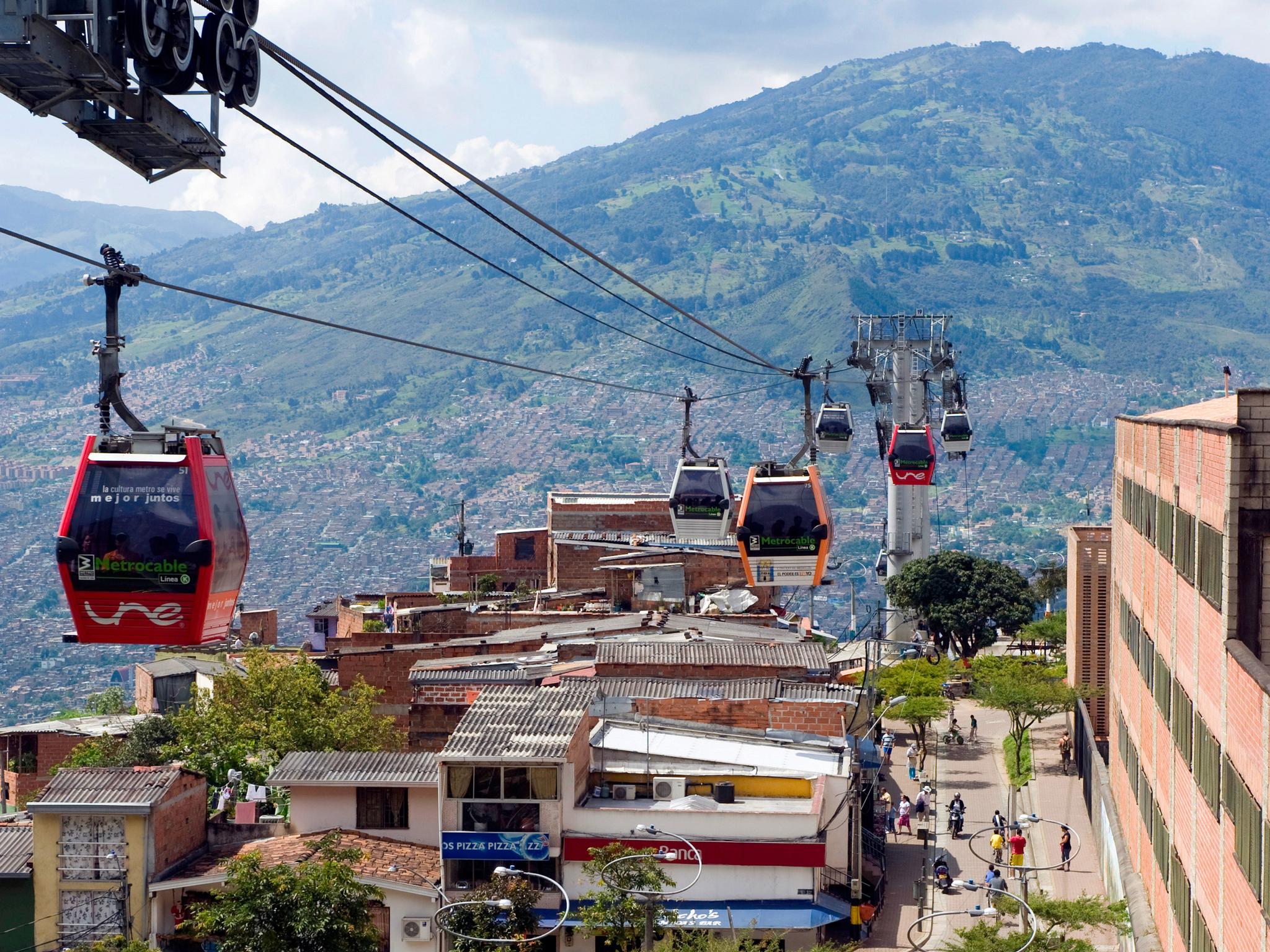
EINDHOVEN
“Eindhoven was a sleepy provincial town when a family named Phillips began making lightbulbs there in 1891. Today it’s a vibrant technology and research hub, where many workers commute in from sprawling suburbs. That makes for some busy intersections that aren’t exactly bicycle-friendly. So as part of a planned network of dedicated bike roads, Eindhoven asked design firm ipv Delft to come up with a way for cyclists to fly over the stop-and-go. Completed in 2012, the $8 million Hovenring is the rare piece of cycling infrastructure that isn’t an afterthought—a green strip alongside parked cars or a bike symbol painted on a bus lane. The 1,000-ton steel deck is suspended by 24 cables from a towering space needle. Dressed up in LEDs, it looks ready to spin up and away into the northern sky. The city even lowered the roadbed below to keep the approach ramps at a nice, easy slope. The Hovenring is a joy for thousands of commuters who now pedal into and out of Eindhoven every day—and an emphatic statement by a city that knows where it’s going.” — Alex Davies (quote from WIRED).
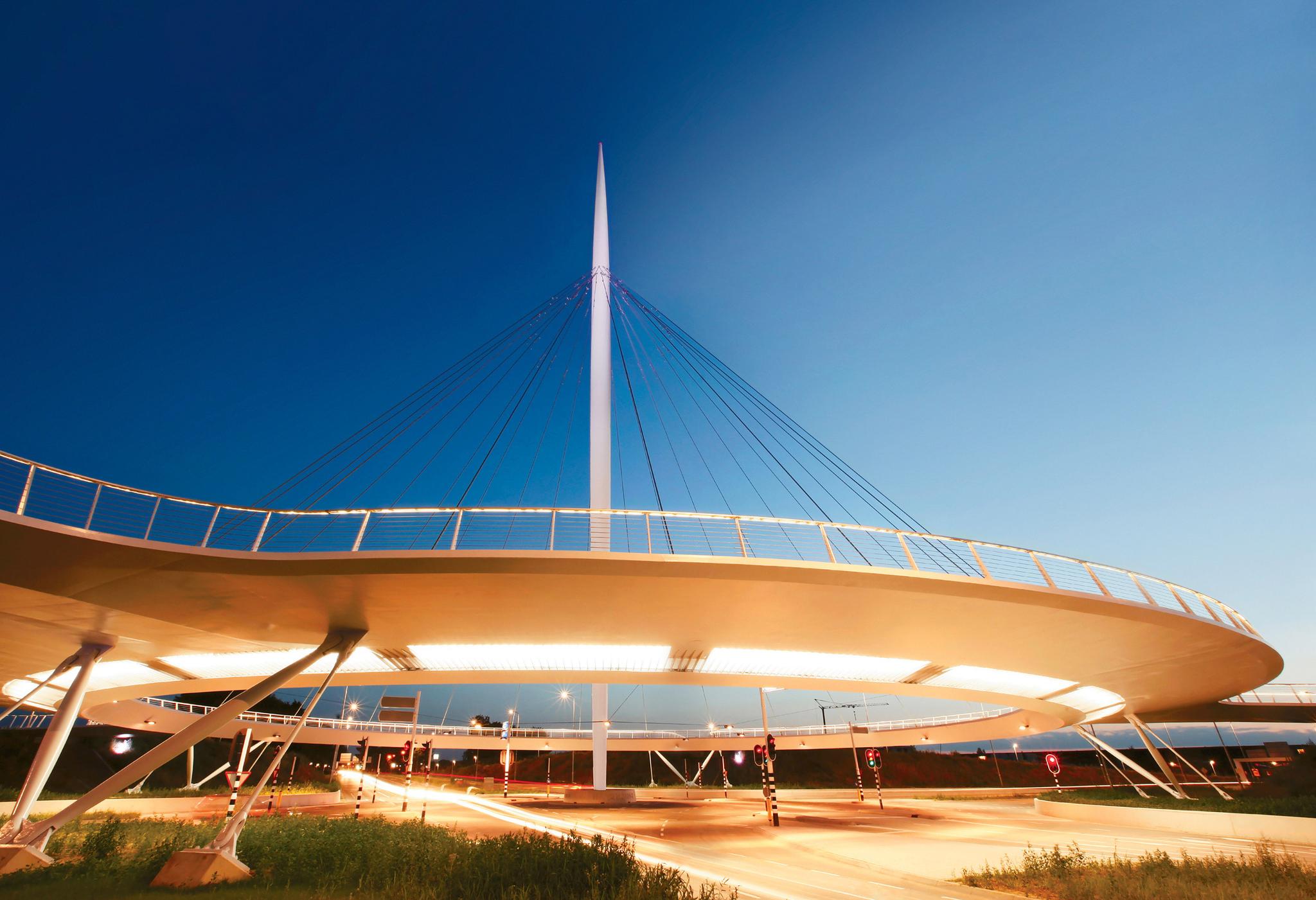
DUBAI
Emirates Road used to be a nightmare. The only way to get off the then-six-lane highway and onto intersecting roads was a congested roundabout that required drivers to stop before merging into traffic. Finally, in 2006, city officials decided to restructure parts of the highway, starting with the dreaded roundabout. Rather than use a cloverleaf—the century-old grandfather of congestion remedies—they opted for a more modern configuration known as a turbine interchange. “The turbine is high-speed and high-capacity,” says Gilbert Chlewicki, director of Advanced Transportation Solutions, a civil-engineering consultancy. “It’s the most efficient and practical solution”. So after two years and $111 million, the Arabian Ranches Interchange opened in 2008, connecting Emirates Road (now known as Sheikh Mohammed Bin Zayed Road) with the Umm Suqeim and Al Qudra roads. The turbine is nearly a third of a mile wide, with 11 bridges extending a total of 1.5 miles. — Ian Frisch (quote from WIRED).
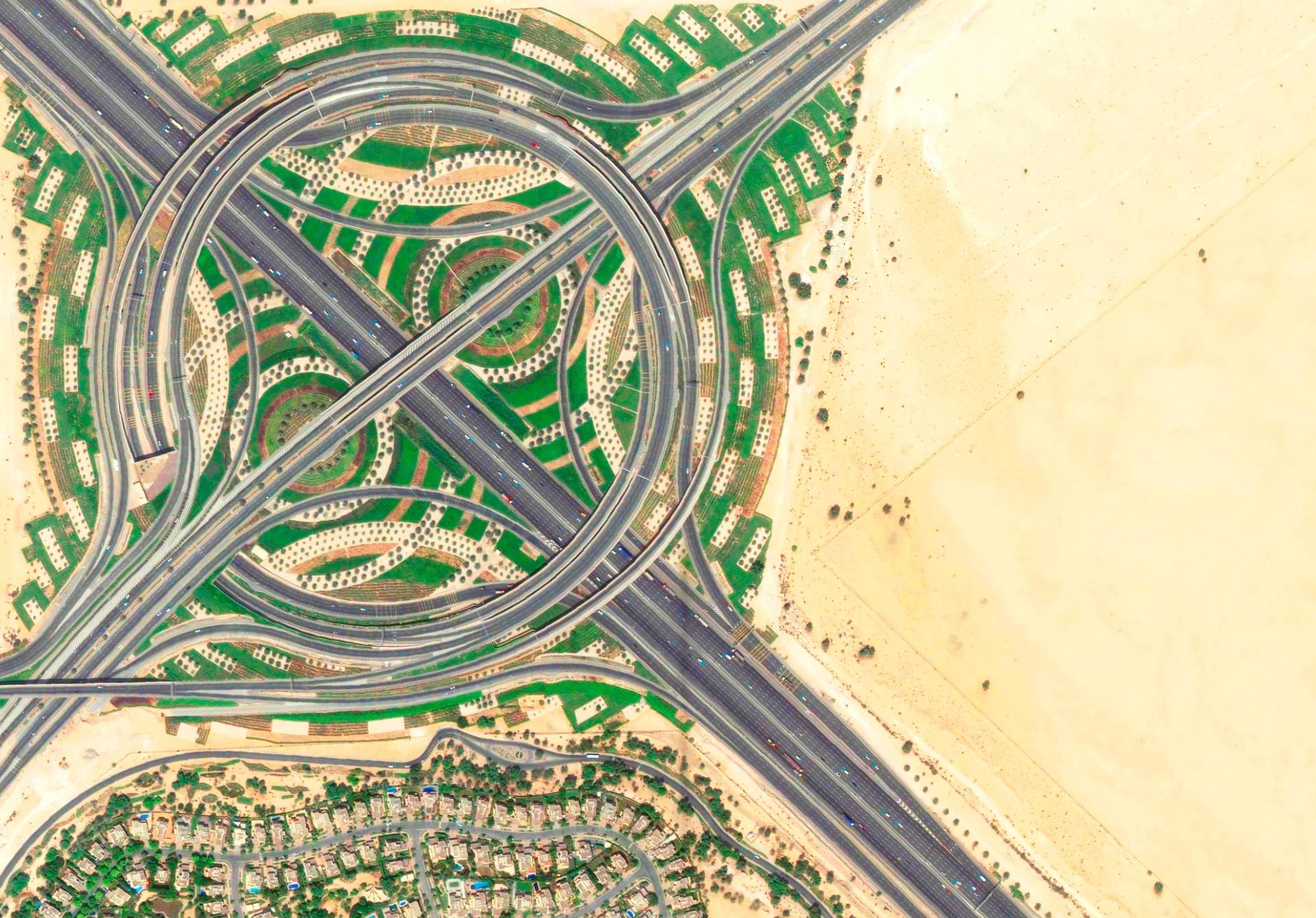
Most times, thinking about how the future looks is more simple than a Jetsons episode, but the solutions offered by modern-day architecture, engineering and urbanism feel like advancing at lightyears pace. And there lies the challenge for the upcoming generations in terms of moving forward and upgrading city life as we know it to make it easier, and more environmentally conscious, for all of us with the tools we have at our disposal, as well as crafting new ones from scratch.
All images attached to this article are not property of Lorem Ipsum and were crafted by the artists mentioned above.
Sources:
www.wired.com/













